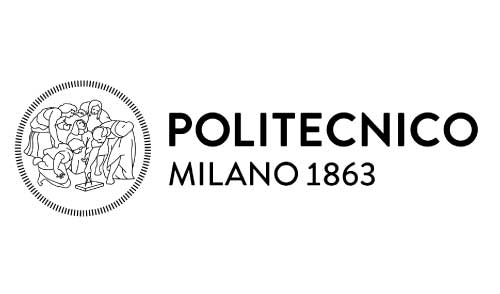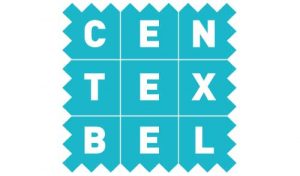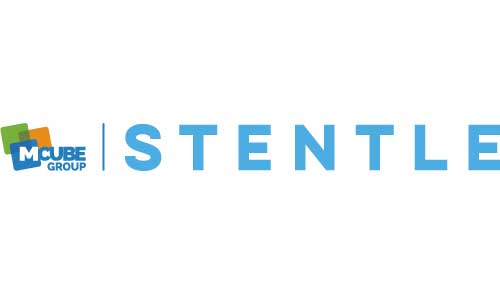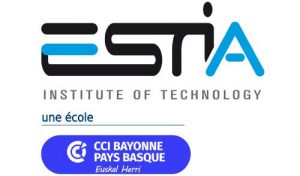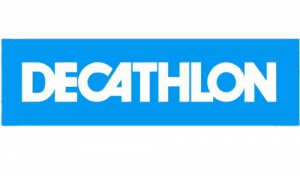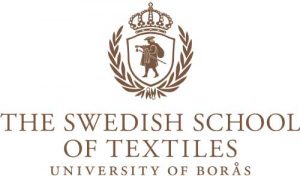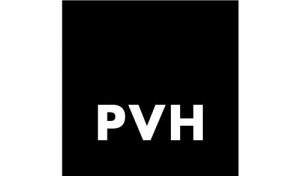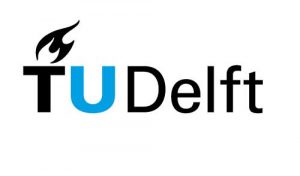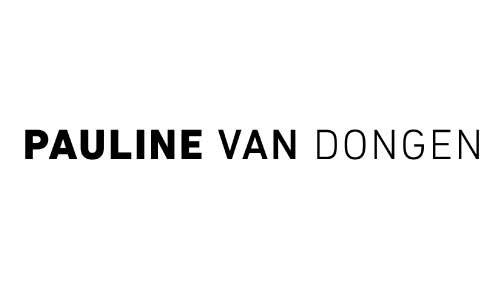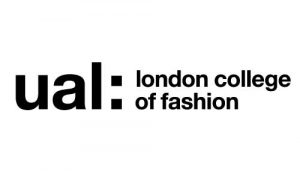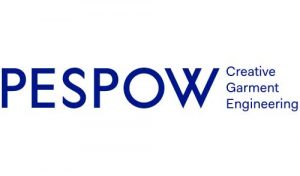European Project
FT ALLIANCE MISSION
FTalliance is a 3-year academia-industries partnership aimed to facilitate the exchange, flow of knowledge and co-creation within the Fashion-Tech sector to boost students’ employability and innovation potential. The objectives of the project will be achieved through a series of knowledge exchange activities aimed at fine tuning a multidisciplinary Fashion-Tech curriculum integrating fashion, design and engineering with industry relevant challenges through open innovation and project-based learning methodologies.
In addition, the project is aimed at designing and piloting innovative mentoring formats for students and at developing Fashion-Tech Contest and Residency to co-create new opportunities and foster a portfolio of innovative concepts and products prototypes.
THE CONSORTIUM
The consortium comprises
12 partners and 1 associate
from 6 Programme Countries
5
Fashion, design,
engineering HEIs
1
Leading large fashion
and apparel enterprises
5
SMEs representing
the Fashion-Tech ecosystem
1
Research Technology
Organisation
1
Associate
Large Enterprise
PROJECT ACTIVITIES
Over the next three years, the Consortium will deliver a series of knowledge exchange activities between partners to co-create innovation in the Fashion- Tech sector, and a series of educational activities, from designing and piloting innovative mentoring formats for students to the development of a Fashion Tech Residency, embedding young talents in the companies' innovation activities.
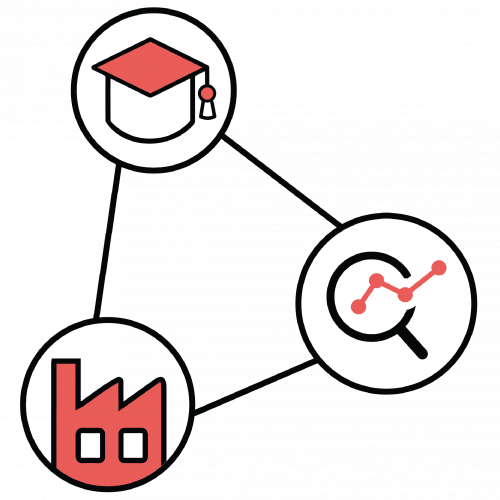
Knowledge Exchange
It consists of a series of interactive workshops, aimed at fostering the knowledge exchange between HEls and companies, in order to evaluate the state of the art of current Fashion-Tech curricula, employability profiles within European HEIs in relation to industry relevance and build Fashion- Tech job profiles.
Learning Experience
Educational experiences aimed to satisfy the expected level of expertise to access the Fashion-Tech sector. The learning modules will be tested through a series of 3 workshops with students and lecturers from the partners including industry professionals, focusing on smart-textile, wearable and digital manufacturing.


Residency
The programme will last 6 months with the aim of co-creating opportunities between students and companies through a contest. The purpose is to generate innovation through a multidisciplinary exchange between the creativity of young international talents and the know-how, tools and prototyping facilities of the host company.

The information and views set out in this publication/web-site/study/report are those of the authors and do not necessarily reflect the official opinion of the European Union. Neither the European Union institutions and bodies nor any person acting on their behalf may be held responsible for the use which may be made of the information contained therein.

